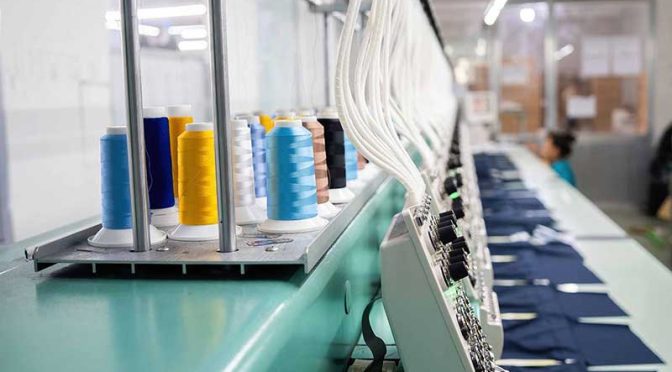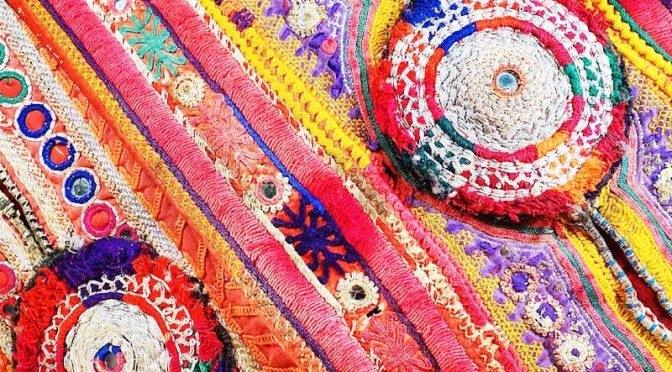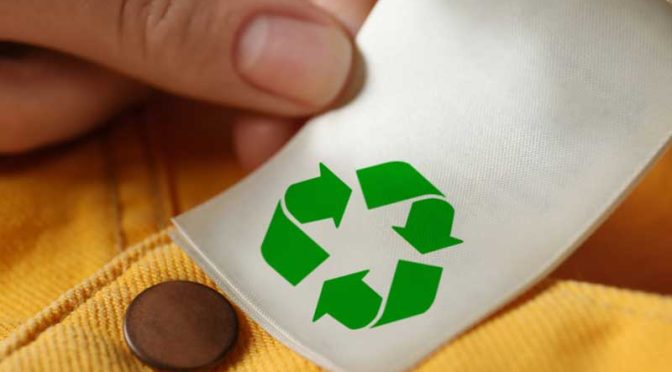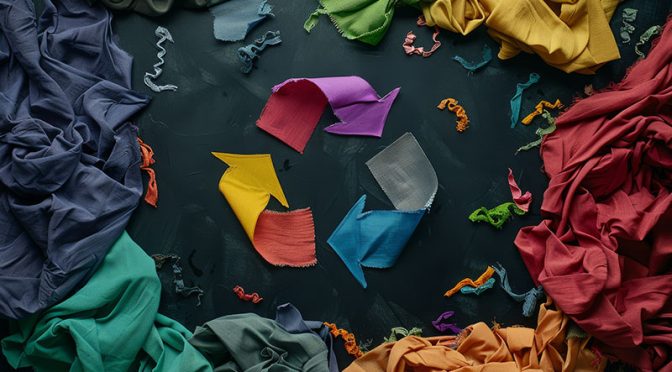The apparel industry is no stranger to reinvention. From the earliest handlooms to the modern factory floor, every era has been defined by machines that not only stitched fabrics but also stitched together opportunities. Today, as technology accelerates and the marketplace demands more agility, innovative apparel machines creating smarter business opportunities are shaping the next big chapter of garment and textile manufacturing.
The hum of a modern production floor no longer sounds like a simple whir of needles and wheels. Instead, it carries the rhythm of automation, digital intelligence, and precision engineering. What was once a craft dominated by skilled hands is now powered by smart, functional, and technical machines capable of doing far more than just sewing a straight line. They think, they adapt, and they deliver at speeds and quality levels that were unimaginable even a decade ago.
From Functionality to Business Strategy
For many in the garment and textile sector, machines have traditionally been tools meant to an end, chosen for their durability and output. But the new generation of apparel technology is not just about function; it’s about strategy. Every cut, stitch, or print executed by a smart machine is a business decision in itself: lowering wastage, speeding production cycles, reducing errors, and opening the door to customization.
This shift has turned machinery into more than an operational investment; it is now a business catalyst. By embracing innovative apparel machines creating smarter business opportunities, manufacturers are no longer bound by the limitations of scale or manual labor. Instead, they can experiment, diversify, and align with global demands whether that means producing for a fast-fashion label that thrives on rapid trend shifts or for a premium brand that insists on precision and sustainability.
The New Role of Machinery in Textiles
Technical machines today go beyond conventional production. A laser cutter doesn’t just slice fabric—it empowers designers to think bolder, knowing their most intricate ideas can be executed flawlessly. A digital printer doesn’t merely transfer patterns onto fabric; it eliminates the need for excess inventory by enabling designs to be created on-demand. Similarly, AI-integrated sewing systems don’t just replace human hands; they redefine the very meaning of quality control by ensuring consistency across thousands of pieces.
It is in this fusion of functionality and creativity that the textile industry is finding its edge. Machinery is no longer confined to the background; it has moved to center stage, driving conversations about efficiency, sustainability, and competitiveness.
Why Now Matters
The timing of this transformation couldn’t be more critical. Global fashion cycles are shortening, consumers are asking louder questions about sustainability, and supply chains are expected to be faster yet more transparent. Against this backdrop, businesses that hesitate to adopt smart machinery risk falling behind, while those who adapt are discovering that every machine they invest in brings them closer to untapped opportunities.
This is where events like Gartex Texprocess India step in. While not just another industry exhibition, it has become a hub where machinery meets vision, where technology providers and textile businesses converge to shape what the future of apparel manufacturing looks like. On the show floor, machines are not static displays; they are living demonstrations of how businesses can transform their operations. For exhibitors, it is a stage to showcase innovation, but more importantly, it is a chance to position themselves at the heart of change.
A Conversation Between Machines and Markets
What makes this evolution truly exciting is that it is no longer only about productivity. Machines are now part of the storytelling process of a brand. A fashion label that invests in 3D knitting machines can speak of waste-free production. A manufacturer who embraces AI-enabled systems can highlight consistency and faster delivery to global buyers. Even technical innovations like automated quality checks feed directly into marketing narratives about reliability and trust.
In other words, the machinery is not just shaping the product, it is shaping the perception of the business itself. That is why innovative apparel machines creating smarter business opportunities are at the center of industry conversations today.
The Road Ahead
The future of apparel and textiles will not be defined by who makes the most garments, but by who makes them the smartest way possible. Businesses that recognize machinery as more than equipment and instead see it as a partner in growth are already setting benchmarks for the next generation of apparel manufacturing.
And as this transformation unfolds, the significance of gatherings like Gartex Texprocess India only grows. It is here that businesses get to see the pulse of the industry, not in theory but in action. It is here that exhibitors demonstrate not just what their machines can do, but what futures they can help create.
In the end, the message is clear: smart machines don’t just build garments; they build smarter businesses. For those willing to innovate, the opportunities are limitless and the future of apparel has never looked sharper, faster, and more sustainable.
Conclusion
Smart machines are now the narrators of modern apparel, no longer the mute collaborators of production lines. Each thread from an A.I.-powered sewing machine, each cut from a high-precision laser, each print from a digital press, are indicators of businesses that are poised to move more quickly, to work smarter and to keep pace with the expectations of a restless marketplace. The growing availability of such innovative apparel machines that power smarter business opportunities is not only about technology; it is about building an identity of the future for the garments and textiles industry based on innovation, sustainability, and market versatility.
This is the discussion that’s taking place at platforms such as the ongoing Gartex Texprocess India where machinery isn’t really being showcased as a piece of gear, but a glimpse into the future. For exhibitors, it is an opportunity to let their machines do the talking beyond brochures that illustrate how functionality and technology can transform challenges into opportunities. And for the industry at large, it is a reminder that the garments of the future will be an aspect not merely stitched together as much as engineered, innovated and marketed via the very machines that can make smarter business a reality.
Venue: Jio World Convention Centre, Bandra Kurla Complex, Mumbai
Dates: 9–11 April 2026












